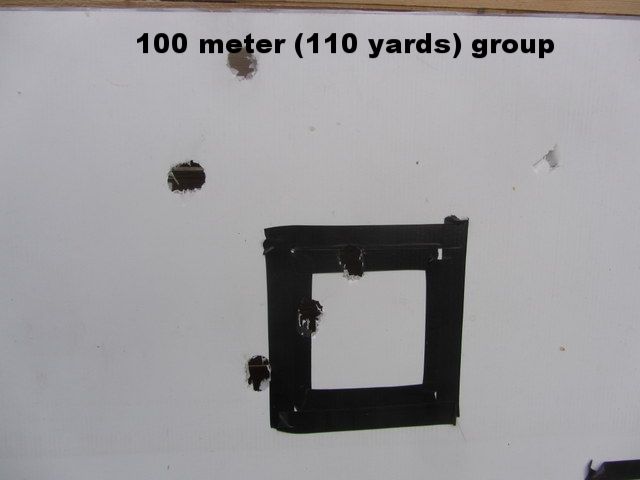I have rifled barrels in the past,a good rifling bar can be made from 3/16th" x 1" mild steel bar twisted and run between two rollers.For the rifling head a cutter must have no top rake but the end rake should be the radious of your grindstone,exactly as you would when sharpening a lathe tool.My rifling heads are Steel with an adjusting screw that pushes a wedge that adjusts the height of the cutter.My last Rifling I used my whitworth rifle Barrel (one turn in Twenty inches),as follows,Make a rod with the rifling head at on end,Make some saw cuts at the other end,Fit a wad in the barrel,Stand the barrel and rod upright,heat the barrel until water sizzles on it (Spit),pour in molten Hard Lead.Using plenty of oil pull and psh iside the new smooth bored Barrel until it stops cutting then index round one whitworth flat and repeat until all grooves are cut.pull the cutter out and adjust 1/4 turn of the screw and repeat the cutting sequence until the required depth.

|
   
   
|


|




 Reply With Quote
Reply With Quote












